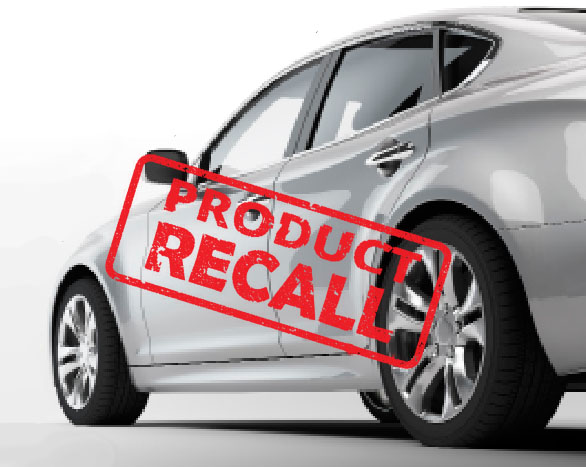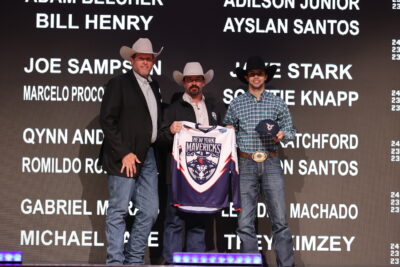 For many consumers, the word “recall” dredges up feelings of fear and anxiety. It may help if you try to think of a recall as an extension of the manufacturer’s continued commitment to the consumer’s safety—even years after the warranty period has expired. In most cases, a recall of your car does not mean that it is destined to breakdown, but rather that a problem in the manufacturing process has been identified in a number of similar models and therefore has the potential to surface in yours. Usually, the manufacturer has engineered a fix and the dealer can install the new part or parts at no cost to you. Some recalls are prompted by the National Highway Traffic Safety Administration while others are completely voluntary on the part of the manufacturer.
For many consumers, the word “recall” dredges up feelings of fear and anxiety. It may help if you try to think of a recall as an extension of the manufacturer’s continued commitment to the consumer’s safety—even years after the warranty period has expired. In most cases, a recall of your car does not mean that it is destined to breakdown, but rather that a problem in the manufacturing process has been identified in a number of similar models and therefore has the potential to surface in yours. Usually, the manufacturer has engineered a fix and the dealer can install the new part or parts at no cost to you. Some recalls are prompted by the National Highway Traffic Safety Administration while others are completely voluntary on the part of the manufacturer.
How do I find out about a recall?
If you purchased your vehicle when it was new, the manufacturer should have your name and address on file. If your vehicle is the subject of a recall campaign, the manufacturer will contact you via mail or by phone. If you hear of a recall by way of the news media, but you have not heard from the manufacturer, you can contact either the manufacturer or your local dealership and provide them your VIN (vehicle identification number). With this number, they will be able to tell you if your vehicle is part of the recall. You can also contact the Auto Safety Hotline of the National Highway Traffic Safety Administration at 888-327-4236, or visit www.nhtsa.gov. Here you will find recall data for all cars sold in the United States dating back to 1966.
What if I’m not the original owner?
If you purchased a used car, you may want to contact the manufacturer and let them know you are now the current owner. The manufacturer will place your car’s VIN, your name and home address into a database for all future correspondence. You can contact the manufacturer by phone, usually via the customer service department; there should be a toll-free number in your owner’s manual that you can reference. If your car did not come with an owner’s manual, go to the manufacturer’s website and see if there is a customer service number listed or visit your local dealer and order a new manual.
Regardless of whether you are the original owner or not, you still qualify for any recalls, including those that have occurred before you bought the car. The statute of limitations for all no-charge recalls is eight years from the original sale date of the vehicle. After that time, you may be required to pay if you wish to have the part or parts replaced or corrected. Unfortunately, if you paid to correct the problem before the recall was issued, the manufacturer is under no obligation to compensate you for the cost of that repair. Again, you will want to visit the NHTSA website and thoroughly read through all the sections. You can also learn about TSBs (technical service bulletins) for your car at www.alldata.com. TSBs are sent to the dealerships to help mechanics in troubleshooting problems that may be annoying, but do not merit a national recall.
—Courtesy of Kelley Blue Book (www.kbb.com)



















